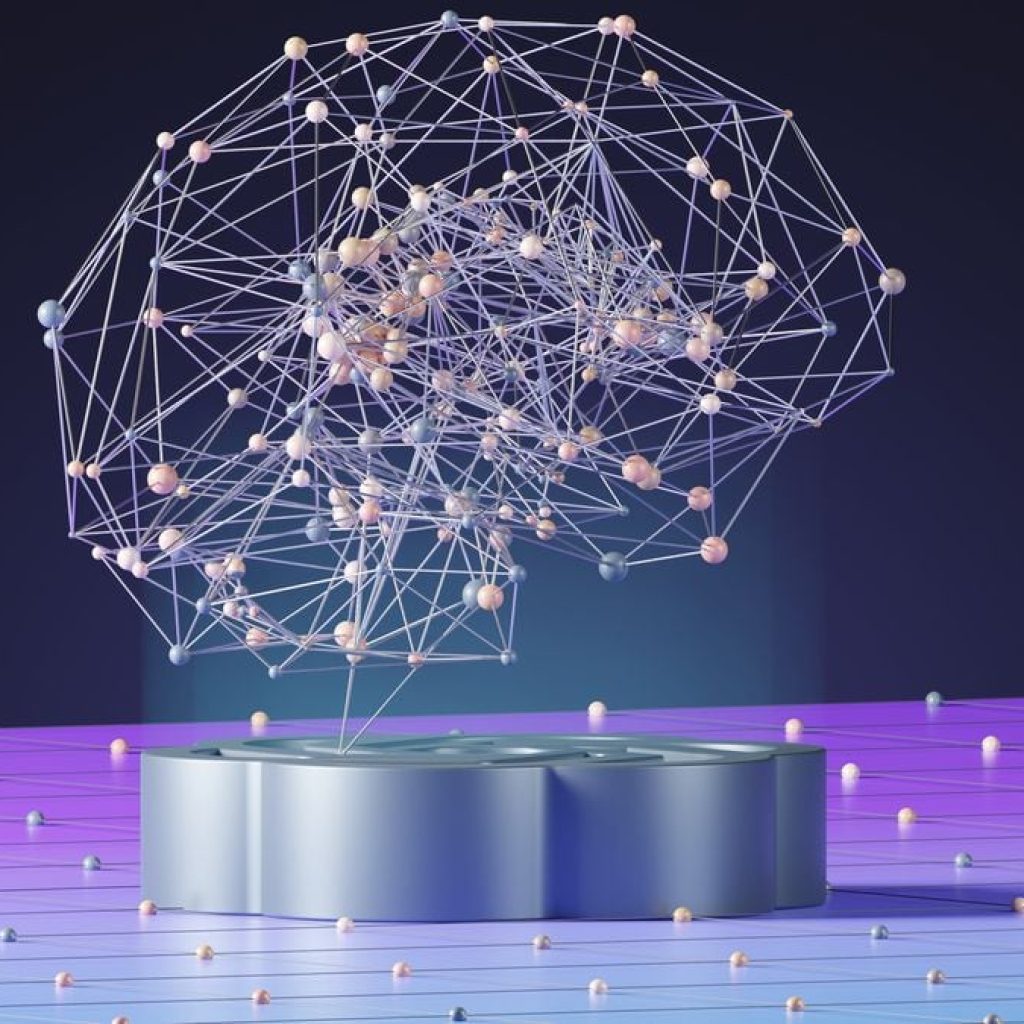In a recent release of findings from the MLCommons consortium, an independent organization dedicated to evaluating AI chipsets, the performance of various AI hardware has come to light. The results reveal that Nvidia’s advanced chips have emerged as top performers, with Intel’s hardware closely following suit.
Nvidia’s dominance in AI hardware performance
In the ever-evolving AI landscape, hardware performance is a critical factor in achieving success. Nvidia, a well-known player in the AI industry, showcased its prowess in the latest round of testing conducted by MLCommons. Two of Nvidia’s most advanced chips, the GH200 Grace Hopper Superchip and the HGX 100 system, displayed remarkable results across multiple benchmark tests as part of the MLPerf evaluation.
Nvidia’s GH200 Grace Hopper Superchip, which combines a Hopper GPU with a Grace CPU within a single chip, exhibited outstanding capabilities. It excelled in terms of memory, bandwidth, and the optimization of tasks between the GPU and an Arm-based CPU. This innovative approach resulted in an average performance improvement of approximately 17% compared to the HGX 100 system.
The comprehensive evaluation encompassed various AI tasks, including computer vision, speech recognition, medical imaging, and more complex workloads such as Large Language Model (LLM) inference and recommendation systems. Nvidia’s hardware consistently outperformed its competitors, reaffirming its dominant position within the AI industry.
Intel’s Habana Gaudi2 makes Its mark
Through its subsidiary Habana Labs, Intel Corporation positioned its Habana Gaudi2 accelerators as formidable contenders in the AI hardware sector. Despite Nvidia’s strong showing, the Gaudi2 system demonstrated its capabilities by coming in a surprisingly close second. The results indicated that the Gaudi2 system trailed Nvidia’s offering by a mere 10%.
Intel’s advantage lies in its seven-nanometer manufacturing node, which, while slightly larger than Nvidia’s five-nanometer Hopper GPU, promises future enhancements. The upcoming introduction of FP8 precision quantization is expected to deliver a two-fold performance boost for Intel’s AI inference tasks. Furthermore, Intel is rumored to be working on a 5nm Gaudi3 chipset, adding to the anticipation in the AI hardware arena.
Intel also emphasized the competitive pricing of its Habana Gaudi2 chip, positioning it as a cost-effective alternative to Nvidia’s solutions. However, specific pricing details have yet to be disclosed.
The efficiency factor in power consumption
Efficiency in power consumption is a significant consideration in pursuing AI hardware excellence. Qualcomm Inc., another prominent player in the field, demonstrated robust performance with its Qualcomm Cloud AI100 chipset. What sets Qualcomm apart is its efficient use of power, surpassing its competitors in this aspect. The results underline the company’s commitment to sustainability in AI hardware.
Qualcomm’s impressive performance is particularly notable given its lower power consumption than other competitors, making it an attractive choice for organizations focused on reducing energy usage in AI infrastructure.
Upcoming developments in AI hardware
Nvidia and Intel are committed to further enhancing their AI hardware offerings. Nvidia plans to release a software update that promises to double the AI inference performance of its GH200 Grace Hopper Superchip, further solidifying its leadership position.
Intel is not resting on its laurels either; the company’s forthcoming FP8 precision quantization update for the Habana Gaudi2 chip is expected to significantly enhance its AI inference capabilities. Additionally, the rumored 5nm Gaudi3 chipset is generating anticipation, as it could bring further innovation to the market.
Other key players in the field
While Nvidia and Intel took the spotlight, other significant players in the AI industry also showcased their capabilities. Google LLC provided a preview of its latest Tensor Processing Units (TPUs) but did not reach the performance levels of Nvidia. Nevertheless, Google remains a formidable force in AI research and development.
The recent findings from MLCommons’ benchmark tests provide valuable insights into the current state of AI hardware performance. Nvidia’s dominance, closely followed by Intel’s competitive offerings, underscores the industry’s commitment to advancing AI hardware capabilities. With power efficiency considerations and forthcoming innovations, the landscape of AI hardware continues to evolve, promising even greater performance and efficiency soon.





